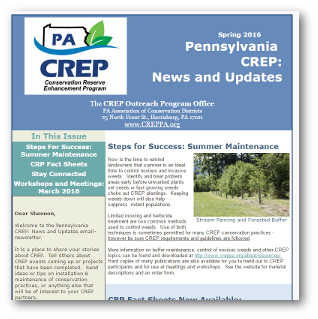
One of the ways you can keep informed about the Conservation Reserve Enhancement Program (CREP) is the new Pennsylvania CREP:
News and Updates newsletter. This quarterly newsletter is primarily for agencies, organizations, and individuals working with CREP and features stories, techniques, events, and other things of interest. It’s also a good place to start to learn about CREP if you are not familiar with this popular program. Take a few minutes and check it out now at
https://conta.cc/25xCsU5.
Some of the information you’ll find in the spring 2016 issue is a guide to the other tools the CREP Outreach Program Office has created to share information among CREP partners, with landowners already in CREP, and with people who are just learning about the program. You will also find links to the new CRP Conservation Practice Fact Sheets. These tools and fact sheets are resources that can be used in your CREP outreach and education efforts.
Click
here to see the newsletter. To receive future editions via email click the “Join our Mailing List” box in the newsletter. Please forward this along to others who may be interested. Send any questions, comments, or information you want to share about your CREP projects or techniques to
info@creppa.org or contact Terry Fisher at
tfisher@pacd.org or 717-238-7223.
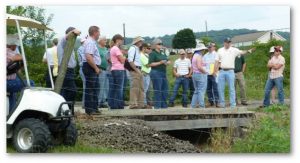


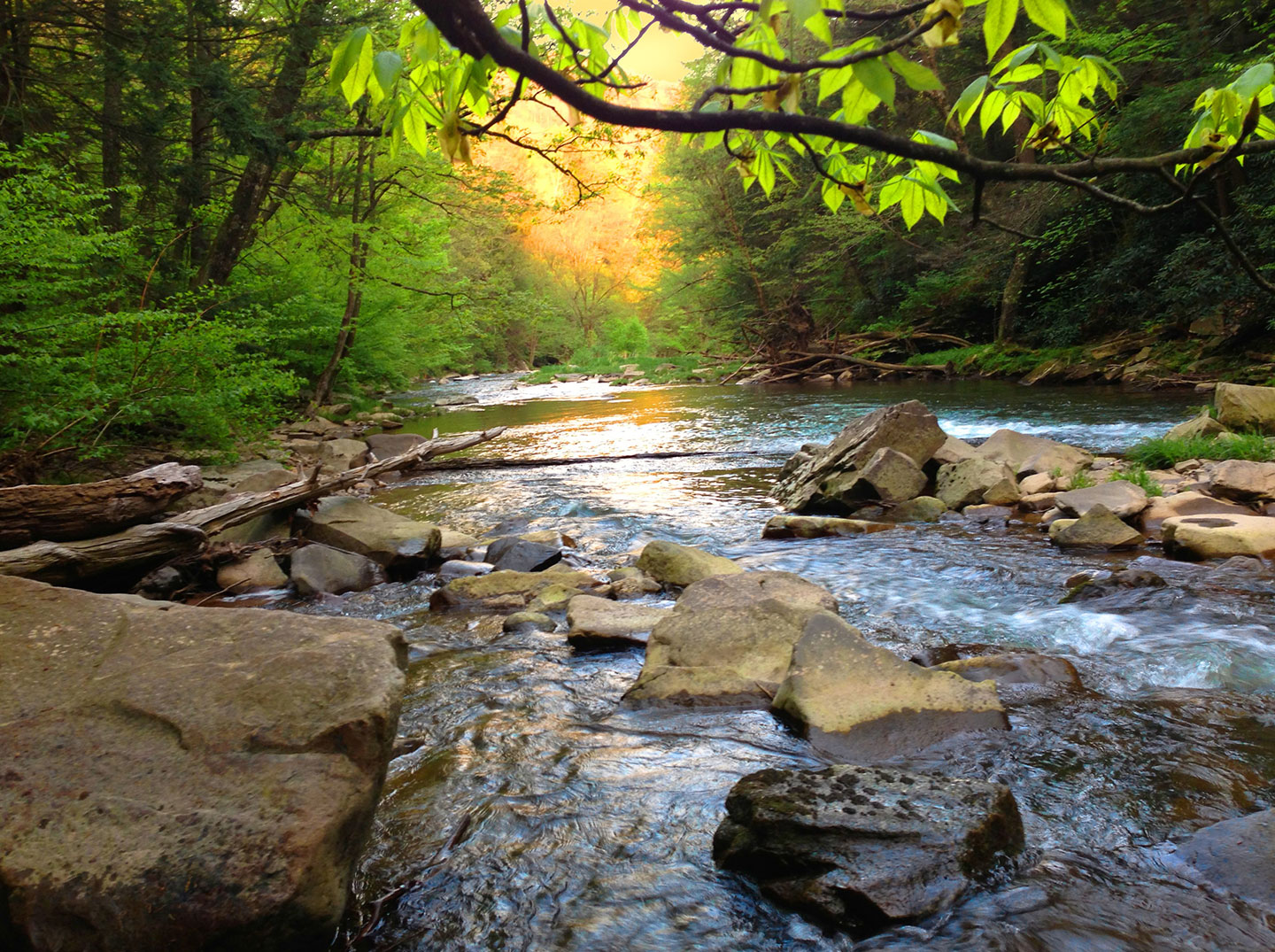
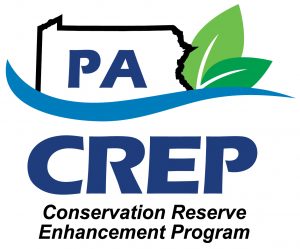 The 2015-16 round of Pennsylvania Conservation Reserve Enhancement Program (CREP) mini-grants for conservation districts recently concluded. Thanks to the conservation districts and their partners, the program was a success!
Some of the outcomes include:
The 2015-16 round of Pennsylvania Conservation Reserve Enhancement Program (CREP) mini-grants for conservation districts recently concluded. Thanks to the conservation districts and their partners, the program was a success!
Some of the outcomes include:
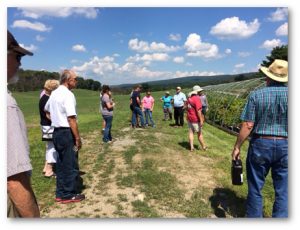
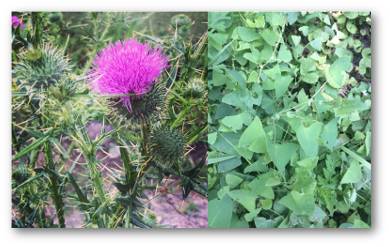
 PACD is now accepting mini-grant applications for up to $2,500 to implement educational and outreach activities that support and extend the work of the Conservation Reserve Enhancement Program (CREP). Projects should focus on CREP enrollment, re-enrollment and/or CREP maintenance. Due to limited funds, only 5-10 projects will be funded this round.
The deadline to apply is August 19, 2016. Click
PACD is now accepting mini-grant applications for up to $2,500 to implement educational and outreach activities that support and extend the work of the Conservation Reserve Enhancement Program (CREP). Projects should focus on CREP enrollment, re-enrollment and/or CREP maintenance. Due to limited funds, only 5-10 projects will be funded this round.
The deadline to apply is August 19, 2016. Click 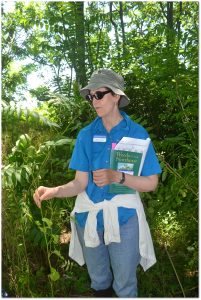
 One of the ways you can keep informed about the Conservation Reserve Enhancement Program (CREP) is the new Pennsylvania CREP: News and Updates newsletter. This quarterly newsletter is primarily for agencies, organizations, and individuals working with CREP and features stories, techniques, events, and other things of interest. It’s also a good place to start to learn about CREP if you are not familiar with this popular program. Take a few minutes and check it out now at
One of the ways you can keep informed about the Conservation Reserve Enhancement Program (CREP) is the new Pennsylvania CREP: News and Updates newsletter. This quarterly newsletter is primarily for agencies, organizations, and individuals working with CREP and features stories, techniques, events, and other things of interest. It’s also a good place to start to learn about CREP if you are not familiar with this popular program. Take a few minutes and check it out now at 